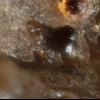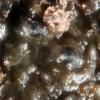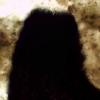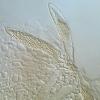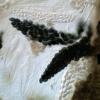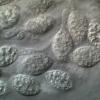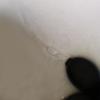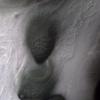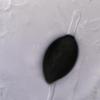
12-12-2025 18:39
Mirek GrycHello everyone.Macrofeatures similar to Mollisia b

09-12-2025 12:06
 Andgelo Mombert
Andgelo Mombert
Bonjour,Je recherche l'article concernant Hypobryo

07-12-2025 16:07
Arnold BüschlenHallo, ich habe in einer Moos-Aufsammlung (epiphy

08-12-2025 21:04
Mark Stevens"Hello everyone,I'm relatively new to microscopy (

08-12-2025 18:59
 Lothar Krieglsteiner
Lothar Krieglsteiner
.. found by a seminar-participant, I do not know t

08-12-2025 17:37
 Lothar Krieglsteiner
Lothar Krieglsteiner
20.6.25, on branch of Abies infected and thickened
Podospora on goose dung
Chris Yeates,
25-05-2021 13:24

A Podospora has appeared on the same collection of goose dung which produced Ascobolus brantophilus - http://www.ascofrance.com/search_forum/68789
Perithecia are mostly sunken in the dung. The asci have 128 spores, with the spores measuring 19.8-22.3 x 13-13.5µm. The immature spores are spoon-shaped; the mature spores have a distinctly eccentric apical appendage (best seen in the asci, when liberated this appendage is soon more difficult to see); there is a basal appendage which is even more fugacious.
This keys out to the P. setosa / P. tarvisina area, but there is a major problem - the perithecia totally lack the setae one would expect in those species - see accompanying images which I shall post in two batches.
Any suggestions would be welcome.
Cordialement, Chris
Michel Delpont,
25-05-2021 14:18

Re : Podospora on goose dung
Hello Chris.
You could perhaps compare with P.ampullacea which has no hairs and which can sometimes have asci with 128 spores.
regards.
Michel.
Chris Yeates,
27-05-2021 21:01

Re : Podospora on goose dung
Merci Michel
I had wondered about P. ampullacea, but was unsure as that is supposed to have a channelled apical appendage, and these don't seem to have that. I'll have a look at another perithecium, paying special attention to that feature.
Amitiés, Chris
